Cleaning is often seen as a simple task, but professionals know there is more to it than just dusting surfaces or mopping floors. A truly clean home comes from following smart practices and avoiding common mistakes that can waste time, damage materials, or leave behind hidden dirt. Professional cleaners pay attention to details, use the right tools, and follow methods that keep a home both spotless and safe. Their expertise can teach homeowners valuable lessons on efficiency and care. By understanding the mistakes experts avoid, you can transform everyday cleaning into a smoother and more rewarding routine.
1. Using Too Much Cleaning Product
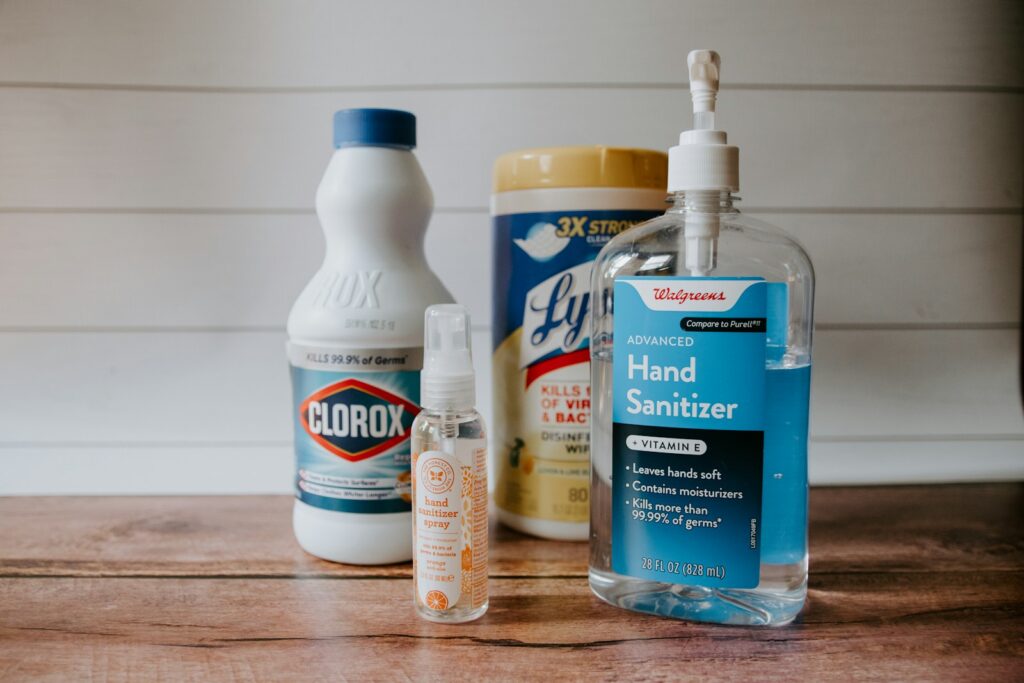
A common misconception is that the more cleaning solution you use, the better the results will be. Professionals know this is not the case because excessive product often leaves behind sticky residues that attract dust and grime more quickly. This means you will end up cleaning the same spot again sooner than expected. Too much product can also damage delicate finishes, especially on wood, stone, or stainless steel. Instead, cleaners measure the right amount and trust the formula to work. Less is often more when it comes to cleaning solutions, ensuring efficiency and protecting surfaces.
2. Ignoring the Right Tools for the Job
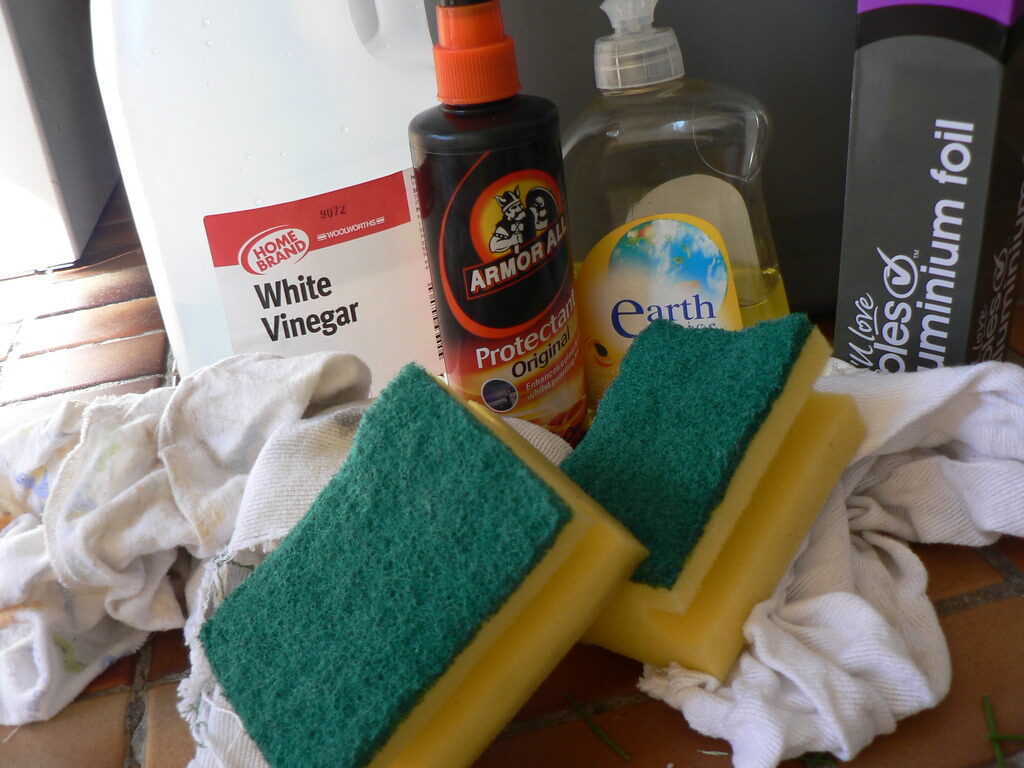
Grabbing the closest rag or sponge may seem convenient, but professionals carefully select the tools they use because every surface requires a different approach. Microfiber cloths, for example, trap dust more effectively than regular rags, while soft brushes are ideal for grout without scratching tiles. Using the wrong tool can cause permanent scratches, spread bacteria, or simply waste time by leaving dirt behind. Cleaners also know when to replace worn-out tools since old sponges and mop heads often spread more mess than they remove. Choosing the right tool for each job makes cleaning more efficient and thorough.
3. Cleaning in the Wrong Order
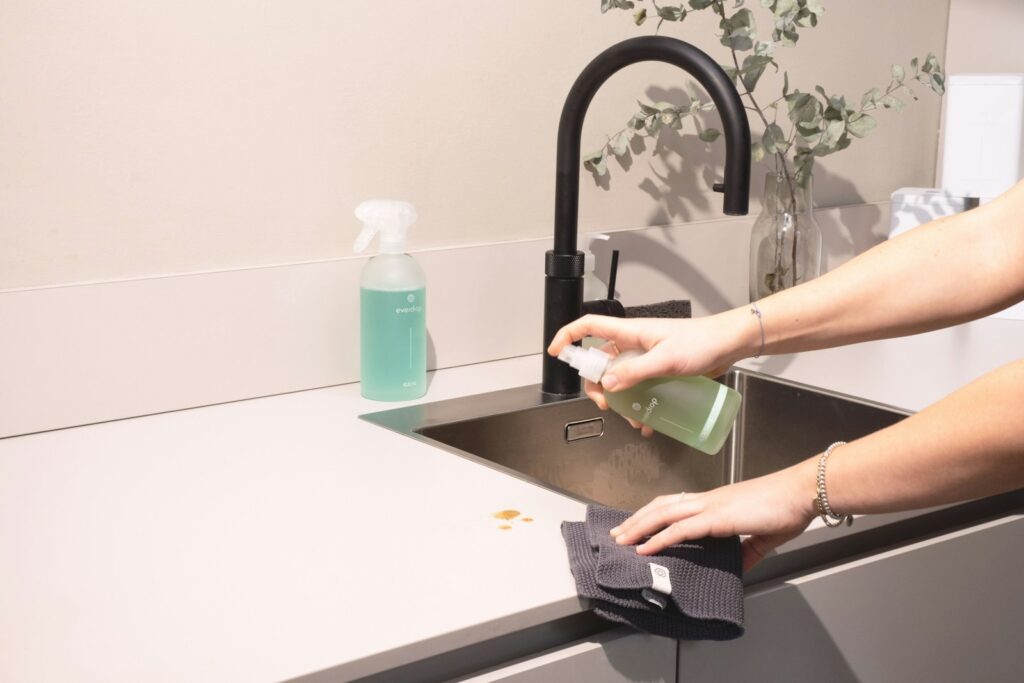
One of the most important lessons from professional cleaners is to always clean from the top down. If you start with the floors and then dust shelves or wipe countertops, you will only push debris back onto freshly cleaned areas. This creates more work and frustration. Professionals follow a logical sequence, starting with ceiling fans and light fixtures, moving to furniture and surfaces, and finishing with the floors. This method saves both time and energy because each step prepares the way for the next. A thoughtful order prevents repetition and ensures a truly polished result throughout the home.
4. Forgetting to Let Products Sit
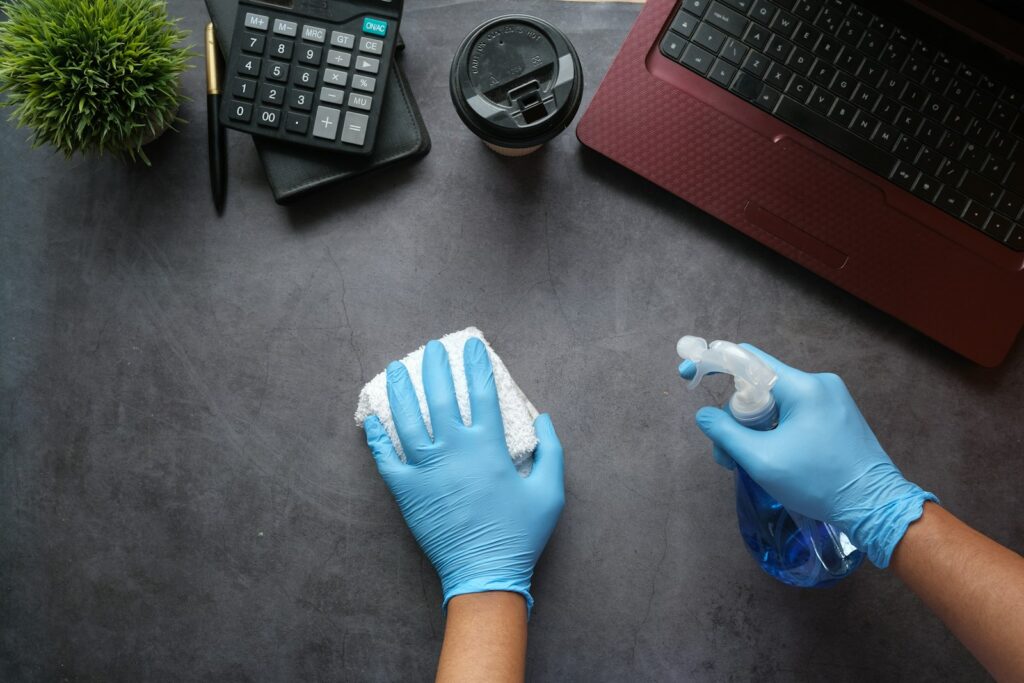
Many homeowners spray a cleaner and wipe it away immediately, believing this is the quickest way to sanitize. However, professional cleaners know that most products need a few minutes to work effectively. Disinfectants, in particular, require dwell time to kill germs fully. Wiping too soon only spreads bacteria around without truly removing them. Allowing products to sit also loosens tough dirt, making scrubbing unnecessary. Experts often spray problem areas first, then move on to another task while the cleaner does its job. This simple habit improves hygiene, reduces effort, and ensures the cleaning products reach their full potential.
5. Overlooking Frequently Touched Areas
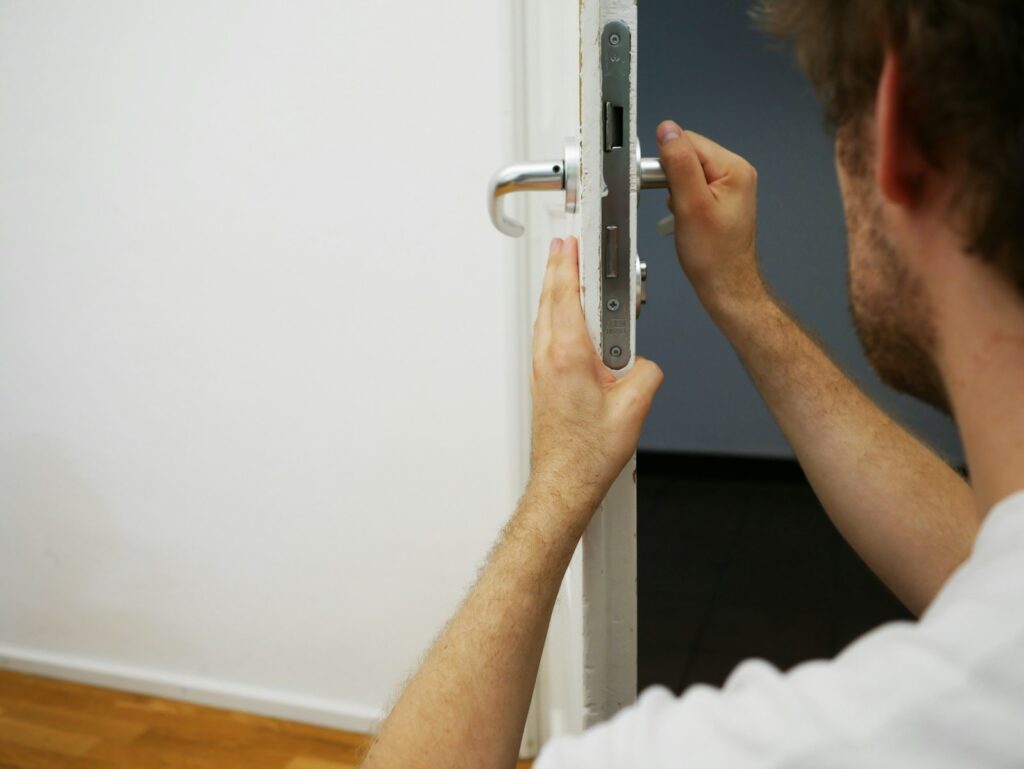
It is easy to focus on visible dirt while ignoring spots that collect the most germs. Professional cleaners make a point of disinfecting high-touch areas such as doorknobs, light switches, remote controls, cabinet handles, and refrigerator doors. These areas are often overlooked during quick cleans, yet they harbor significant bacteria from daily contact. Neglecting them can compromise the overall cleanliness of the home and spread illness more easily. By including these small but important details in their routine, cleaners ensure a healthier living space. Homeowners who adopt the same habit will notice a cleaner environment that truly feels fresh.
6. Using Dirty Cleaning Supplies
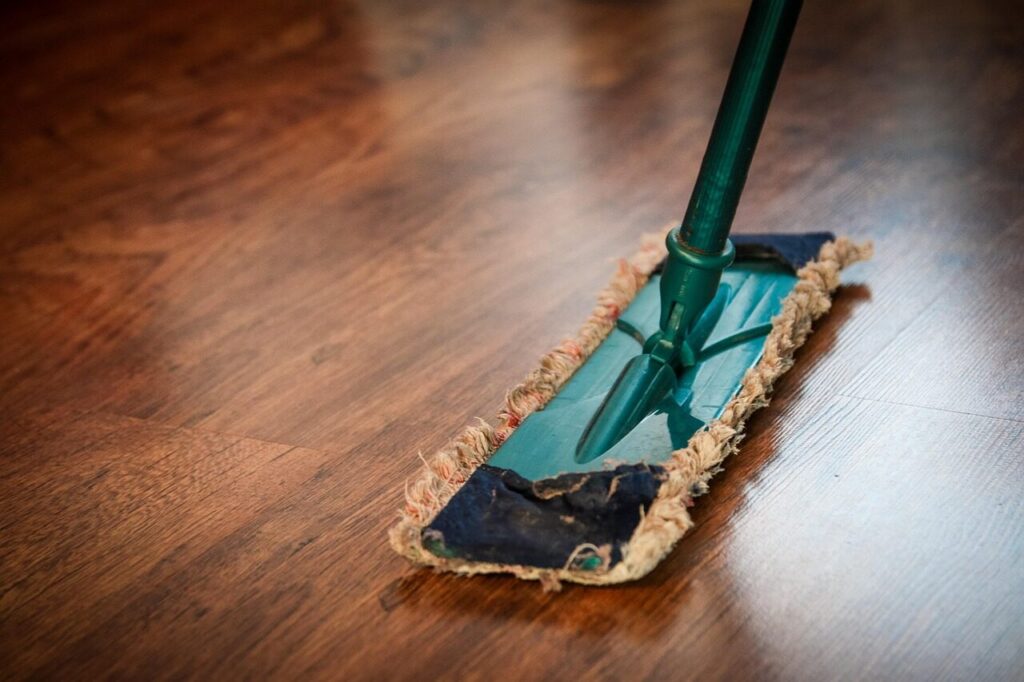
It may seem obvious, but many people forget that cleaning tools themselves need to be cleaned regularly. Professionals never reuse a dirty rag or mop because doing so only spreads grime from one surface to another. A mop head filled with old water, for example, leaves streaks and odors instead of a fresh finish. Microfiber cloths that are not washed properly can also lose their effectiveness over time. Cleaners regularly sanitize their tools and replace them when needed to maintain high standards. Homeowners can follow this practice by washing supplies after each use to ensure reliable cleaning results.
7. Rushing Through Tasks
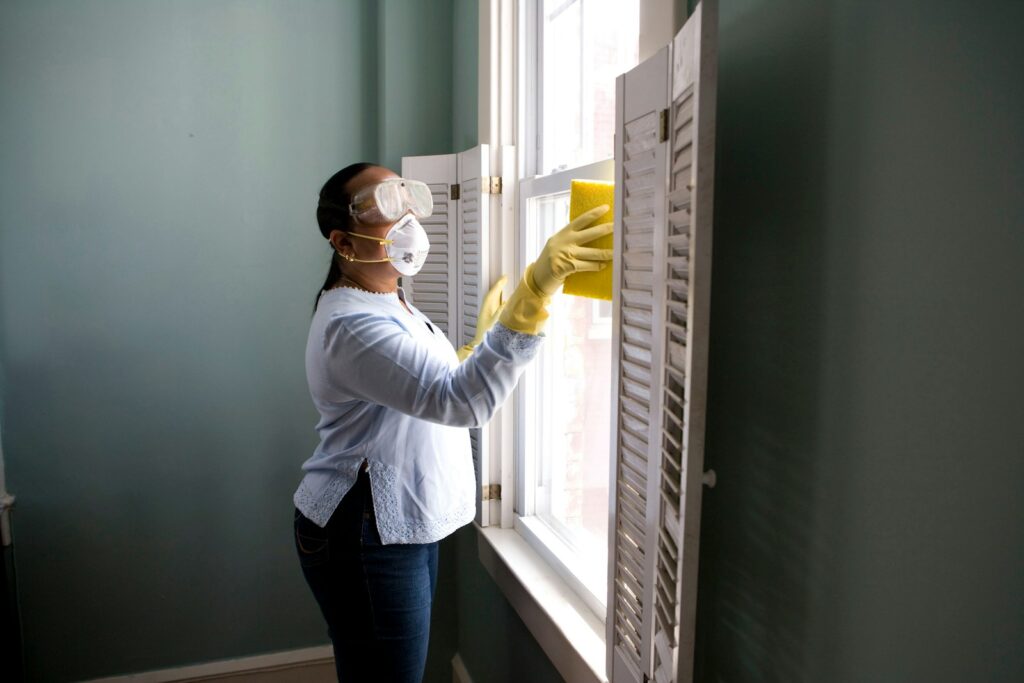
Speed cleaning may sound appealing, but professionals know that rushing leads to missed spots, streaks, and incomplete sanitization. Effective cleaning is not just about moving quickly but about balancing pace with attention to detail. Professionals develop efficient routines that allow them to clean thoroughly without wasting time, such as using multitasking products or combining steps logically. By slowing down slightly, they actually finish faster in the long run because they do not need to redo poorly done work. Homeowners who resist the urge to rush will notice better results and enjoy a space that looks and feels truly clean.
8. Neglecting Ventilation

Many people forget the importance of airflow during cleaning, yet professionals make it a priority. Ventilation helps clear away strong odors from cleaners and prevents harmful fumes from lingering in the air. Without proper airflow, the buildup of cleaning chemicals can cause headaches, irritation, or even damage surfaces. Cleaners open windows, switch on fans, or use exhaust systems to keep air circulating as they work. This also speeds up the drying process for floors, countertops, and fabrics, reducing the risk of mold or streaking. Homeowners can follow this step to create a safer, fresher, and more comfortable cleaning environment.
9. Mixing Cleaning Chemicals
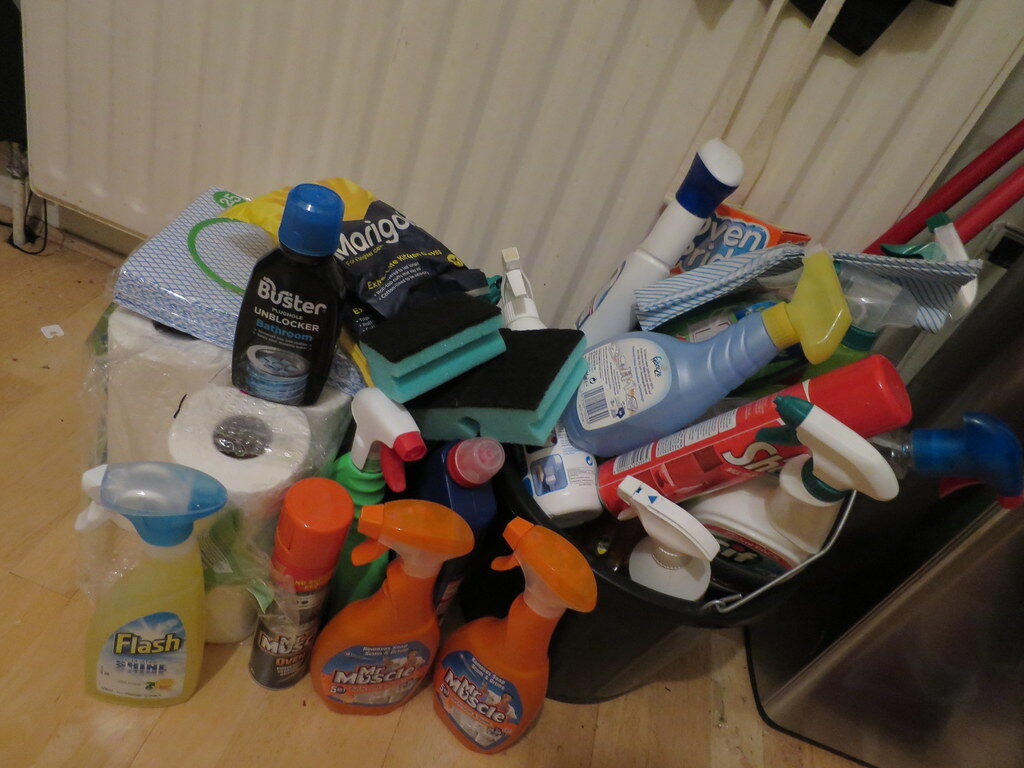
One of the most dangerous mistakes is combining different cleaning products, especially those containing bleach or ammonia. Professionals avoid this entirely because chemical reactions can release toxic gases that are harmful to breathe. Even if the mixture seems harmless, it may damage surfaces or reduce the effectiveness of the cleaners. Instead of mixing, experts choose the right product for each task and trust it to perform as intended. They may also use natural alternatives like vinegar and baking soda separately rather than combining harsh chemicals. Homeowners should learn from this and stick to safe, single-product solutions for cleaning.
10. Skipping Regular Maintenance
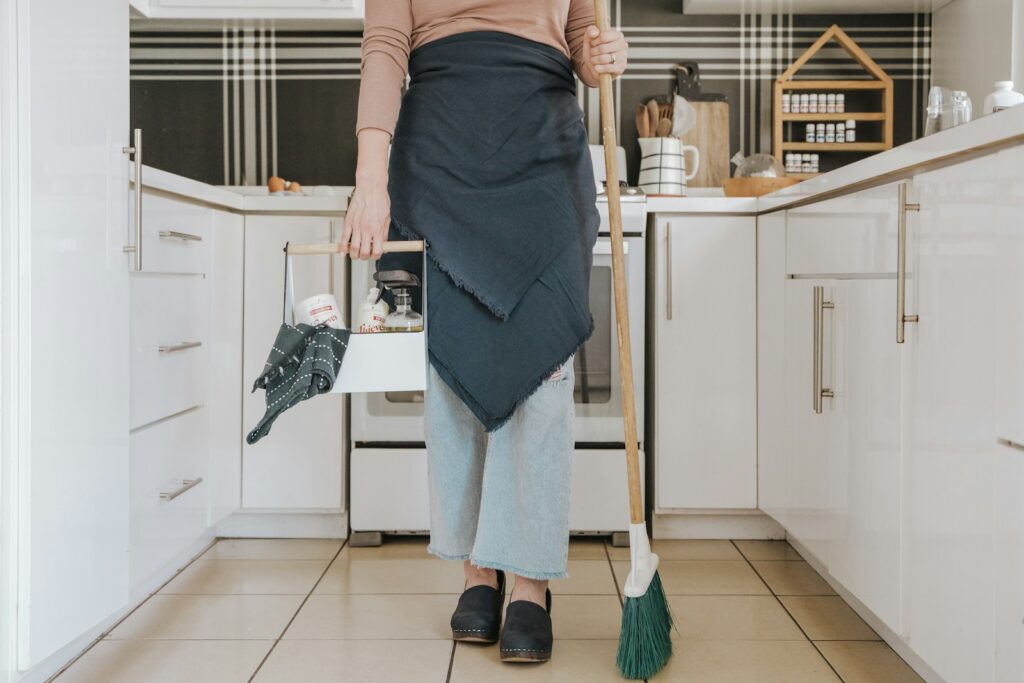
Professional cleaners know that consistency is the secret to a spotless home. Waiting until dirt builds up makes cleaning harder, longer, and more frustrating. By staying on top of regular maintenance, professionals prevent grime from becoming overwhelming. For example, wiping down the shower after each use prevents soap scum, while cleaning the stove weekly avoids tough grease buildup. These small, steady habits mean less scrubbing during deep cleans. Homeowners who adopt the same mindset will spend less time and energy overall. Regular maintenance not only keeps spaces looking great but also extends the life of household finishes and materials.
Comments